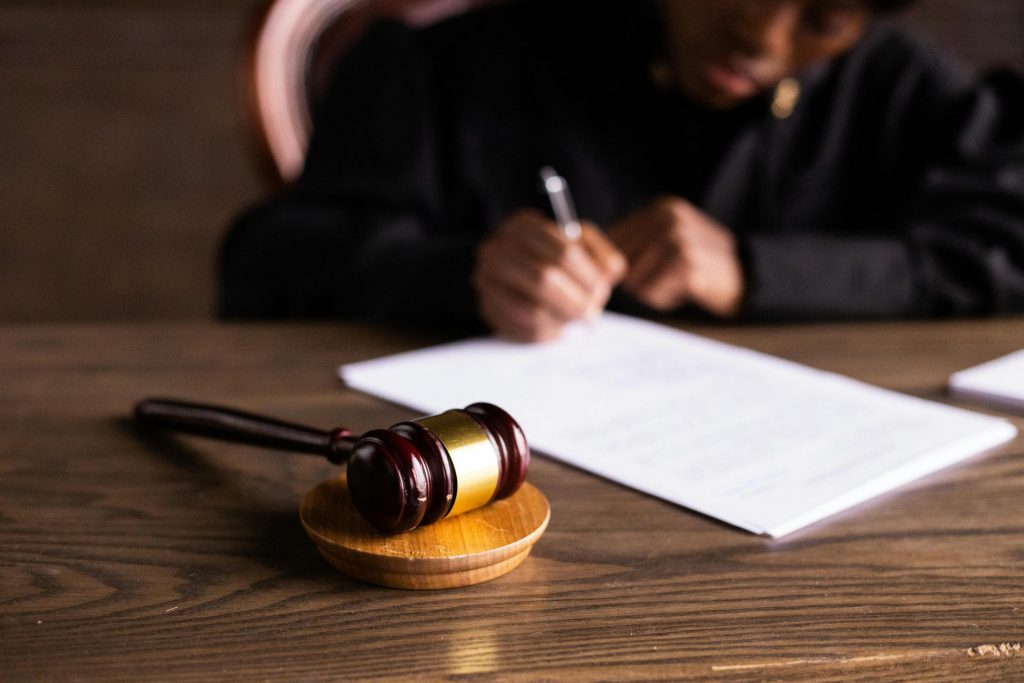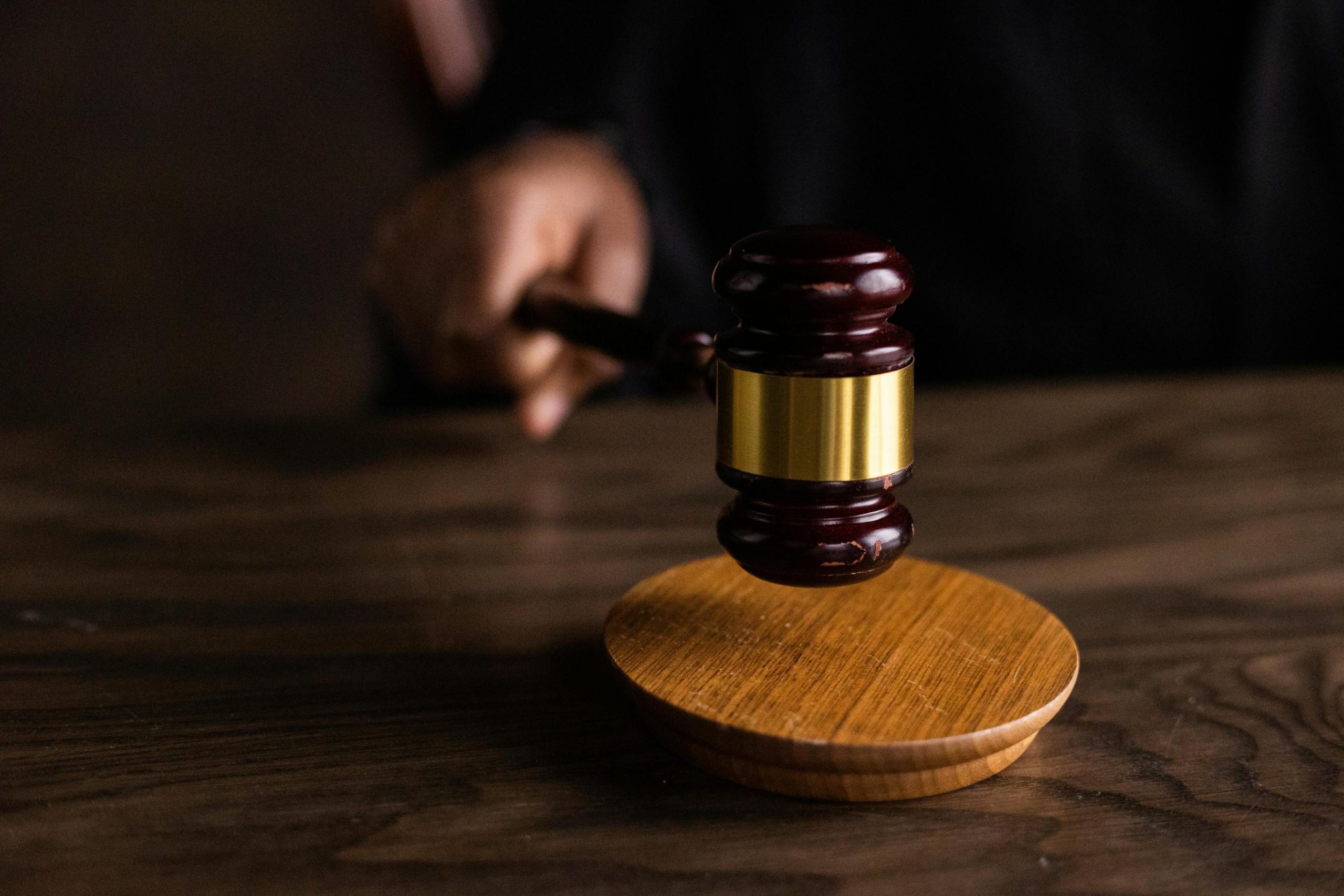
In legal cases, a “mistrial” can feel like hitting the pause button on a trial without a clear ending. It means something went wrong, and the court couldn’t finish the case properly. But what happens after a mistrial? Do they start over? Does the case end for good? If you or someone you know is involved in a legal case, it’s important to understand the next steps.
In this article, we’ll explain what a mistrial is, why it happens, and what could happen next. We’ll also go over your legal rights, options, and what to expect in simple, easy-to-understand terms.
What Is a Mistrial?

A mistrial is when a judge stops a trial before it’s finished because something has gone wrong. When this happens, the jury is dismissed, and the case does not reach a verdict (guilty or not guilty in criminal cases, or liable or not liable in civil cases).
Common Reasons for a Mistrial:
- Hung jury: The jury cannot agree on a verdict.
- Legal error: A serious mistake happens during the trial (like wrongly admitted evidence).
- Misconduct: Someone in the courtroom—like a juror, lawyer, or witness—behaves inappropriately.
- Outside influence: Jurors are exposed to media or outside opinions that affect their judgment.
- Illness or emergency: A juror, lawyer, or judge gets sick or something happens that makes it impossible to continue.
When a mistrial happens, the case doesn’t automatically go away. It just means the trial couldn’t be completed fairly or properly.
What Happens Right After a Mistrial?
Once a mistrial is declared, the judge doesn’t simply close the case and walk away. Instead, the court typically schedules a follow-up hearing or conference to figure out the next steps. During this meeting, both sides—prosecution and defense (or plaintiff and defendant in civil cases)—will discuss their positions and options moving forward.
The judge listens to arguments and may request additional information before deciding how the case should proceed. These decisions aren’t one-size-fits-all; they depend on the nature of the mistrial, how serious the case is, and whether a fair trial is still possible.
Here are the possible outcomes:
- The case is retried with a new jury. This is the most common option, especially in criminal cases. A new trial is scheduled, often with some adjustments to how the case is presented.
- The case is dismissed (dropped). If the evidence is weak or the mistrial highlights major flaws in the case, the judge or prosecutor might decide to drop it altogether.
- The two sides reach a plea deal or settlement. Instead of going to trial again, the parties might come to an agreement. In criminal cases, this could mean a guilty plea to a lesser charge. In civil cases, it may involve a financial settlement.
- The case is put on hold while lawyers gather more information. Sometimes, key witnesses aren’t available or new evidence is being reviewed. In these situations, the case may be paused until both sides are ready.
Each case is unique. The final decision depends on several factors—why the mistrial occurred, how much evidence is available, the interests of the parties involved, and whether another trial would serve justice fairly. The court’s goal is always to ensure that both sides get a fair and lawful outcome.
Option 1: The Case Is Retried
In many cases, especially criminal trials, the case is simply tried again. This means the court will schedule a new trial with a new jury. All the steps of the trial—opening statements, witness testimony, cross-examinations, and closing arguments—will happen again from the beginning.
What to Expect in a Retrial:
- The prosecution may adjust its strategy or call different witnesses.
- The defense may also change how they present their case.
- New jury selection happens.
- The timeline may take weeks or months, depending on court schedules.
If a mistrial was caused by a hung jury, a retrial often gives both sides another chance to present their case to a fresh jury.
Option 2: The Case Is Dismissed
In some cases, the judge or the prosecution may decide not to move forward with a new trial. This is more common if the mistrial happened because of weak evidence or errors that make it hard to retry the case fairly.
Why a Case Might Be Dismissed:
- There’s not enough evidence to win.
- A key witness is no longer available.
- The prosecution doesn’t want to put the victim or defendant through another trial.
- A serious legal mistake hurt the case beyond repair.
If the case is dismissed “with prejudice,” it can’t be tried again. If it’s dismissed “without prejudice,” the prosecution may bring it back in the future.
Option 3: Plea Deal or Settlement

Sometimes, both sides take a mistrial as a chance to negotiate. In criminal cases, this might mean the defendant agrees to plead guilty to a lesser charge in exchange for a lighter sentence. In civil cases, both parties might agree on a financial settlement instead of going to trial again.
Pros of a Plea Deal or Settlement:
- Avoids the stress and cost of another trial.
- Speeds up resolution.
- Can offer a better outcome for both sides.
Lawyers usually discuss this privately and may involve a judge to review and approve the deal.
Option 4: Case Is Put on Hold
If new evidence is needed or something important is missing (like a witness or document), the judge may delay things. The case isn’t dismissed, but it won’t move forward until the missing pieces are gathered.
This could happen when:
- Experts need more time to review evidence.
- A key witness is unavailable or sick.
- New legal questions need answers.
The case will stay pending until the court decides it’s ready to move forward again.
What If It’s a Criminal Case?
If you’re a defendant in a criminal trial and there’s a mistrial, you’re still considered not guilty unless a new trial ends with a conviction. You won’t go to jail or face punishment unless there’s a final guilty verdict.
Your rights include:
- The right to a fair trial
- The right to remain silent
- The right to speak with a lawyer
- The right to ask for bail if you’re in custody
In some serious cases, especially where violence or large amounts of money are involved, prosecutors may be more likely to retry the case.
What If It’s a Civil Case?
In civil cases (like lawsuits about money, property, or contracts), a mistrial just means the case didn’t reach a decision. Both sides can try again, settle, or walk away. The judge or jury never ruled on who was right or wrong.
Even in a retrial, evidence from the first trial can usually be used again. But lawyers might change how they present it based on what happened during the mistrial.
How Long Does It Take to Retry a Case?
A new trial won’t happen right away. First, both sides need time to prepare again. Courts also have schedules to follow, which can lead to delays.
It usually takes:
- Weeks to several months to set a new trial date
- More time if new evidence needs to be reviewed or gathered
- Even longer if either side appeals or requests a delay
Your lawyer will explain the timeline based on your specific case and local court system.
Can You Appeal a Mistrial?
Usually, a mistrial can’t be appealed the way a verdict can. But if someone thinks the mistrial was unfair or based on an incorrect decision, they can ask for a legal review. This is more common in criminal cases.
An appeal is not a new trial—it’s a legal review by a higher court to see if something went wrong that affected the outcome.
Does Double Jeopardy Apply?
In criminal law, the rule of “double jeopardy” means you can’t be tried twice for the same crime if you’ve been found not guilty. But after a mistrial, double jeopardy doesn’t apply because there was no final decision.
So yes, the government can retry you after a mistrial unless the judge rules that doing so would be unfair or unconstitutional.
When Is a Mistrial the End of a Case?
A mistrial doesn’t always mean a case continues. It could be the end if:
- The judge dismisses the charges
- The prosecution chooses not to retry
- The two sides reach an agreement
This is more likely if the case was weak to begin with or if retrying would take too much time and money.
Real-Life Example: How a Mistrial Works
Imagine a criminal trial where a jury can’t agree after days of deliberation. The judge declares a mistrial. The prosecution now has a choice: retry the case with a new jury or drop the charges.
They look at the evidence, talk with the victim’s family, and decide to try again. The new trial is scheduled three months later. This time, the jury agrees, and a final verdict is reached.
This is a common outcome. In many courts, hung juries and mistrials happen more often than people realize.
Final Thoughts
So, what happens after a mistrial? In most cases, the court has a few clear options: retry the case, dismiss it, or work toward an agreement. The next steps depend on why the mistrial occurred, how strong the evidence is, and what both sides believe is the best course of action.
If you’re involved in a case that ends in a mistrial, it’s a good idea to speak with an attorney who can help you understand your rights and what options are available. Whether it’s a civil or criminal matter, having clear guidance can make a big difference.
Legal situations are rarely one-size-fits-all. The outcome depends on your specific circumstances, the details of the case, and how everyone involved decides to proceed. Knowing what to expect helps you feel more prepared—and more confident—about what comes next.


